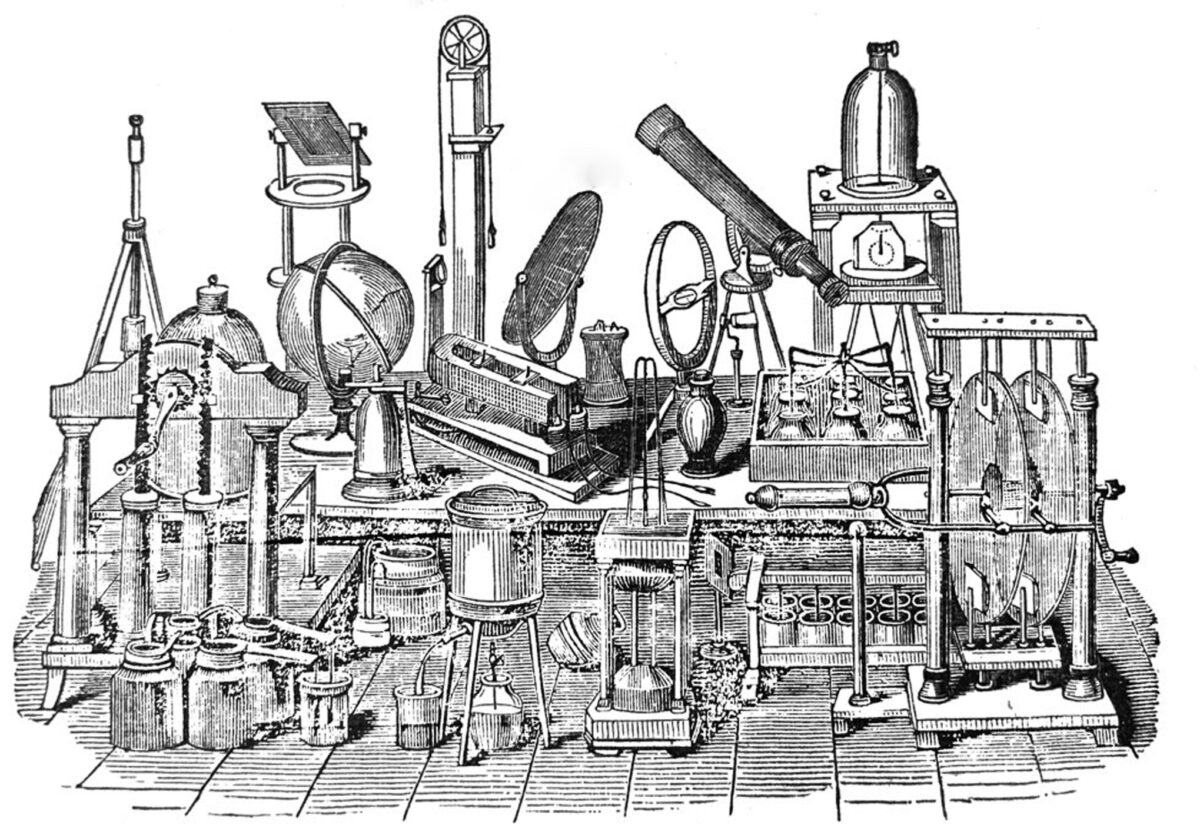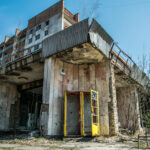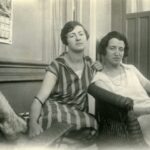 Getty Images/iStockphoto
Getty Images/iStockphotoWhen we talk about the Renaissance, we usually focus on art, literature, and the revival of classical learning. However, the Renaissance wasn’t just a cultural movement—it was a time of intense and widespread innovation that fundamentally reshaped daily life for people across Europe. From kitchens to classrooms, from town squares to private homes, Renaissance breakthroughs laid the groundwork for many aspects of modern life. These innovations weren’t confined to elite academic circles or royal courts—they gradually filtered down to influence ordinary people, altering how they lived, worked, communicated, and understood the world around them. Here are some of the most influential Renaissance innovations that had a lasting and transformative effect on everyday life.
The printing press
Johannes Gutenberg’s invention of the printing press around 1440 was one of the most world-changing developments in history. By introducing moveable type and mechanical printing techniques, Gutenberg revolutionised the way knowledge was produced and shared. Books that once had to be painstakingly copied by hand could now be printed in large quantities, dramatically reducing their cost and making them accessible to a much broader audience.
The spread of the printing press allowed literacy rates to rise across Europe. People outside the clergy and nobility could now access religious texts, medical manuals, almanacs, and even political pamphlets. It gave rise to new genres of literature, promoted critical thinking, and helped fuel the Protestant Reformation. Schools began incorporating printed textbooks, while households with the means to buy books began reading for pleasure and instruction. In many ways, the printing press laid the foundation for the information age.
Eyeglasses and lens-making
While rudimentary eyeglasses were in use by the 13th century, the Renaissance saw vast improvements in lens-making techniques. Advances in glass production and the understanding of optics meant that eyeglasses became more reliable and widely available. Craftsmen, scholars, and the elderly benefited particularly from clearer, more effective spectacles.
This improvement in vision extended working lives and helped spread literacy by allowing more people to read and write well into older age. It also paved the way for more sophisticated optical instruments. Without the enhanced understanding of lenses developed during this time, the later invention of telescopes and microscopes would not have been possible. These future devices would change science forever, but their roots were planted firmly in the lens-making workshops of the Renaissance.
Public clocks and standardised timekeeping
Before the Renaissance, timekeeping was a relatively local and imprecise affair, often based on church bells or sundials. However, with the development of more accurate mechanical clocks, and their installation in public spaces like town squares and cathedrals, time became more standardised and visible to the general population.
These large public clocks not only rang bells to signal hours but also sometimes featured moving figurines or astronomical displays. The public display of time changed how communities functioned. Work, school, and prayer could be more precisely organised, helping usher in the modern concept of the working day. It also marked the early steps toward the more structured timekeeping essential for industrialisation.
Domestic architecture and household comfort
During the Renaissance, architectural design began to shift from purely defensive or utilitarian structures toward spaces designed for comfort, beauty, and personal use. The influence of architects like Leon Battista Alberti and Andrea Palladio introduced a new appreciation for symmetry, light, and proportion, even in relatively modest homes.
People began to consider how their living spaces could be more functional and aesthetically pleasing. Windows became larger to let in natural light. Chimneys and fireplaces became more common, improving heating and ventilation. Separate rooms for sleeping, cooking, and socialising became more widespread. These innovations changed the experience of daily life, encouraging a stronger sense of privacy, family, and domestic identity.
Improved urban sanitation
The Renaissance didn’t yet deliver modern plumbing, but it did bring a growing awareness of public health and the role of sanitation in preventing disease. Cities such as Florence, Milan, and Venice began developing primitive sewer systems, street cleaning efforts, and regulations to deal with rubbish and human waste.
Upper-class homes sometimes had rudimentary latrines, and bathhouses, though still contentious, saw a resurgence in popularity. The link between cleanliness and health began to form in public consciousness, foreshadowing more formalised public health initiatives that would come centuries later. For many, even incremental improvements in sanitation meant a significant change in comfort and life expectancy.
Cookbooks and culinary transformation
The Renaissance era brought a cultural shift in how people thought about food. Cookbooks, previously handwritten and restricted to noble kitchens, began to be printed and distributed more widely. These books didn’t just contain recipes. They reflected philosophies of balance, health, and even moral order.
Trade with the East and the Americas introduced new ingredients—such as sugar, chocolate, coffee, maize, potatoes, and tomatoes—into European diets, although some wouldn’t be fully integrated until later. Food preparation became more diverse and experimental, and the growing middle class began to distinguish itself through cuisine. Meals were no longer purely sustenance; they were also social rituals and reflections of status and taste.
Early postal and courier systems
While a formal postal service like the Royal Mail wouldn’t be established until the 16th century, the Renaissance saw the rise of more structured and efficient courier systems, especially in Italy and the Holy Roman Empire. Merchants, scholars, and government officials relied on networks of messengers to transport letters, goods, and official documents.
Some city-states, like Venice and Florence, maintained impressive communication systems that could deliver messages swiftly across regions. This helped foster trade, academic collaboration, and diplomatic relations across distant parts of Europe. It also made it easier for everyday people to send news between towns, helping to bind communities together.
Education and the classroom experience
The Renaissance placed a renewed emphasis on education, not just for the clergy and nobility, but increasingly for merchants and the middle class. Humanist educators developed new curricula that emphasised classical languages, moral philosophy, rhetoric, and critical thinking.
Schools became more formalised institutions, with set timetables, textbooks, and classroom rules. The printed book allowed for a consistent curriculum, while the development of more standardised methods of instruction laid the groundwork for modern schooling. Though still limited by class and gender, access to learning grew significantly, and the concept of widespread education as a civic good took root.
While we often celebrate the Renaissance for its masterpieces of art, music, and philosophy, the quieter, practical innovations of the period were equally revolutionary. They changed how people told time, read, ate, communicated, and understood their homes and cities. These innovations didn’t just improve daily routines; they sparked new ways of thinking that reshaped society and set the stage for the transformations of the Enlightenment, the Industrial Revolution, and the modern age. The Renaissance awakened minds and reshaped lives in ways that are still part of our everyday experience.



